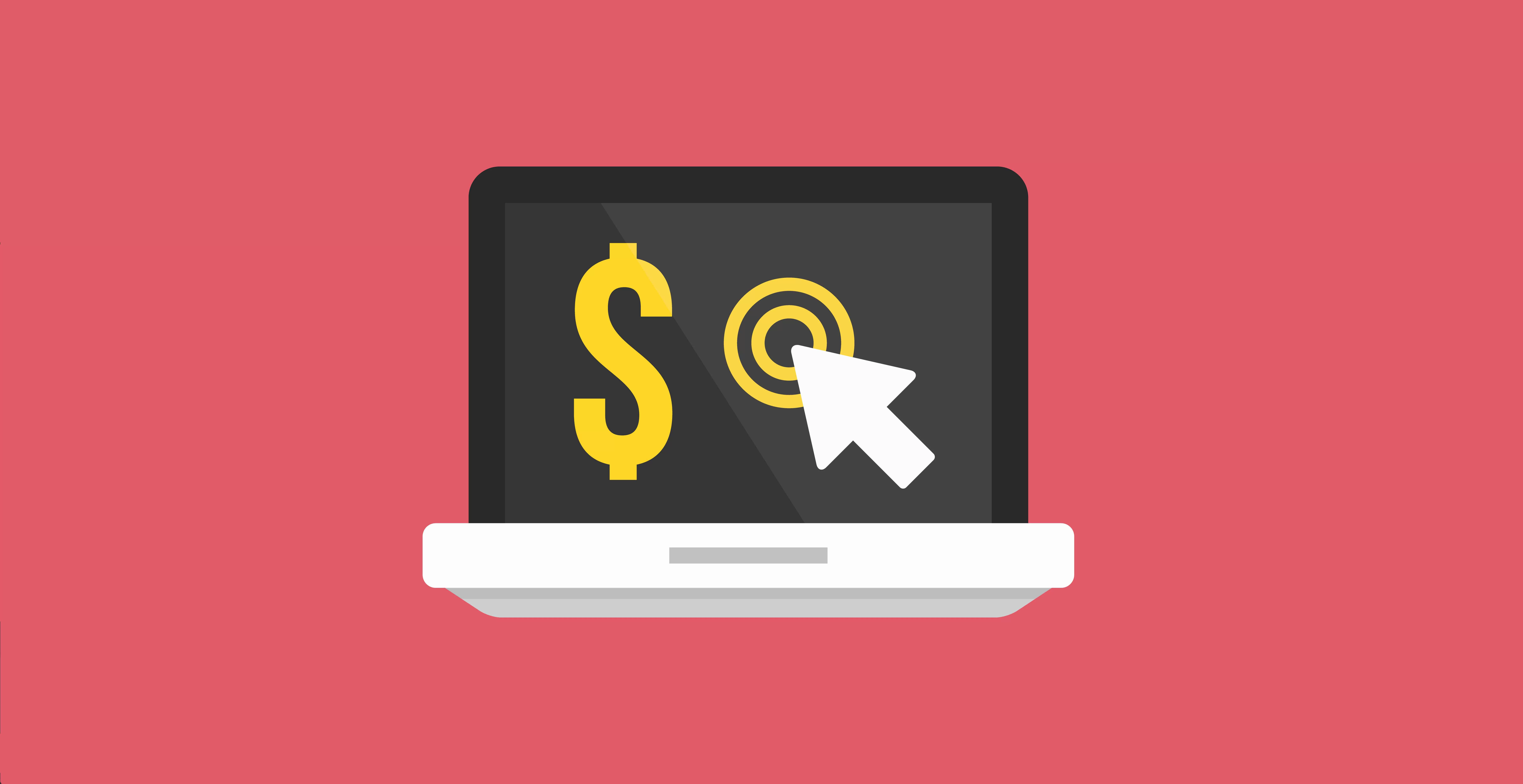Website Design
Website Design Website design is a complicated topic and learning to create websites requires lots of time and energy from interested users. Major websites require hundreds of designers and programmers to create and maintain. Facts like these can intimidate small business owners or bloggers who want to start their own websites. Fortunately for these more average Internet users, making a website can also be easily accomplished by using prebuilt templates and content management systems. These systems vary in skill required to implement. Like Drupal or Joomla, some require advanced programming skills to implement, while others are aimed at beginners and have easy-to-use user interfaces for adjusting settings. These are generally more versatile, but there are still powerful options available for the basic user.

WordPress is one of the most popular content management systems available and is the best fusion of ease of use and powerful customizability. A moderately tech-savvy user can install WordPress without any need for actual programming skills by following online tutorials. Many hosting companies, like DreamHost, offer packages with WordPress pre-installed on the server. WordPress’s powerful management dashboard allows the site administrator to switch themes, add and remove widgets, and edit content in a rich text editor. WordPress has a massive and very active community supporting it, and literally, thousands of users have created free themes, widgets, and plug-ins you can add to your WordPress site.
Although WordPress may seem to be a simple blogging platform, it can actually be used to develop several different types of websites, including e-commerce websites. Information-rich websites may find WordPress useful for publishing static content simply by removing some of the calendar widgets and organizing different pages or posts into categories.
For simpler needs, websites like Blogger or Tumblr offer basic blogs for free, but the user has limited ability to customize their website. If you’re looking for complete control over your site but don’t have time to learn web design, you can hire a web design company. Many companies have prebuilt templates that allow them to create a website quickly and at a low cost to the client. As your needs and budget increase, so do your options for building a website, and if your project is big enough, you can hire a professional company to design your website from scratch completely.
Website design incorporates many different elements. While many people feel comfortable writing their own content and maybe even building the website, they might not be proficient with graphic design. For this reason, templates and platforms like those previously mentioned exist. These make website creation a task simple enough for many users.
For more advanced websites, like ones with calculators for homework help or systems for organizing and sharing music, more advanced programming skills are required, and more powerful server software is needed. Websites hosted on economy hosting plans may not be powerful enough for very complex applications.
Although websites can be complicated, they certainly don’t have to be. If you’re willing to put some effort into it, you can actually learn to design a basic website fairly easily. You’ll need to master at least two computer languages: HTML and CSS. Technically, neither of these are true programming languages, and they resemble normal English more than other computer languages tend to, making them easier to learn and read.
HyperText Markup Language (HTML) is the basic building block of every website. Even sites that use plugins or server-side languages, like PHP, eventually translate some of the content down into HTML. When your web browser loads any web page, what it’s actually doing is getting an HTML file, which is simply a text document, from the server, which is just another computer. HTML tells the browser what content to display and provides ways to load images and create more complex graphical interfaces.
Cascading Style Sheets (CSS) tells the browser how to display the content described in HTML. In earlier versions of HTML, content formatting, like font, color, text sizes, and margin lengths, among other things, had to be included in the HTML document. CSS was created as a way to pull this information out and put it into a new document. Much of the stylistic information in HTML documents was repetitive. Placing it in external CSS documents allowed web designers to write this information once and then reference large groups of formatting information simultaneously.
This might sound complicated, and it is, to some degree. Don’t get discouraged if you want to design your own website. Start, and you’ll be surprised how quickly you can progress and pick up new skills. Look for an online tutorial or a book on HTML and CSS, and you’ll usually be able to create a simple web page with some formatted text by the end of the first chapter.
With so many options for getting an online presence, it’s no wonder that there are so many websites in existence. Websites can serve a wide-ranging smorgasbord of purposes, from selling products online to holding a repository of information to hosting discussions in online communities to being simple personal information pages or portfolios. Whatever your intentions for creating a website, you’re sure to find success from having an online presence, and the process of getting online isn’t that difficult.